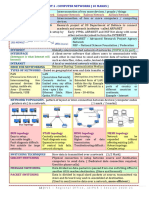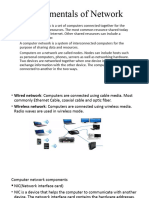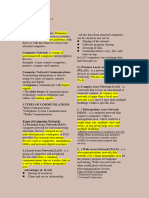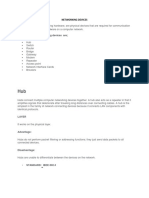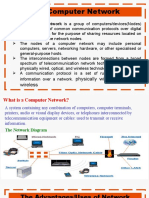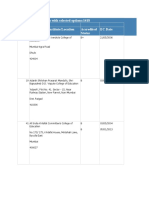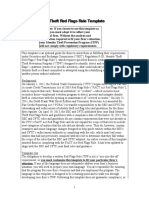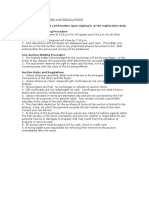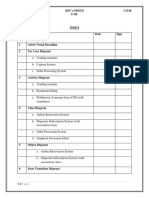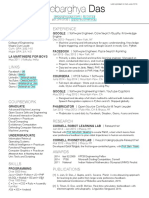CONNECTIVITY DEVICES USED IN NETWORKING
PRESENTED BY
BHAVESH BAJAJ 03 NIRALI HARIA 11 ASHISH JAISINGHANI 15 GEET MEHTA 28 DARSHIT THAKKAR 49 BIJAL JAIN - 56
�ACKNOWLEDGEMENT
We would like to thank our professor, Mr. Rajesh Patwardhan, for giving us this wonderful opportunity to work on this topic. It was an
amazing experience to work on the same and
grow our knowledge beyond books. And we are honored to share the same with our fellow batch mates.
�INDEX
SR NO. 1 2 3 4 5 TOPICS INTRODUCTION HUB BRIDGES ROUTERS , BROUTERS, GATEWAYS CSU/ DSU (CHANNEL SERVICE UNIT/ DATA SERVICE UNIT)
6
7 8 9 10
NIC (NETWORK INTERFACE CARD)
ISDN (INTEGRATED SERVICES DIGITAL NETWORK) WAP (WIRELESS ACCESS POINTS) FIREWALLS PROXIES
�HUB
Originally called as Concentrator Contains multiple, independent ports that match the cable type of
the network
An inexpensive option for transporting data between devices
Different types :
Active and Passive Hub
�ETHERNET HUBS
Also known as Multiport Repeater Characteristics : vary in speed , number of ports available
�MULTI STATION ACCESS UNIT
Connects a group of computers
�GATEWAYS
Different protocols. OSI model. Configuration of an IP host. Default IP router Protocol stack
Examples : E-mail gateways Gateways between a Systems Network Architecture (SNA) A packet assembler/disassembler (PAD)
�CSU (CHANNEL SERVICE UNIT / DSU DATA SERVICE UNIT)
Combination of CSU & DSU Connects LAN to a WAN DSU provides error correction CSU an interface between LAN &WAN
�NETWORKING INTERFACE CARD(NICS)
Network interface adapter function Functions: Data encapsulation Signal encoding & decoding
WIRELESS LAN CARD
Transmission & reception
Data buffering Serial/parallel conversion
� Media access control
Network protocols
NETWORK CARD
�INTEGRATED SERVICES DIGITAL NETWORK ADAPTERS(ISDN)
�WAP (WIRELESS ACCESS POINT)
Wireless access points (APs or WAPs) are specially configured devices on wireless local area networks (WLANs). Access points act as a central transmitter and receiver of wireless radio signals including Wi-Fi. APs are most commonly used to support public Internet hotspots and also on internal business networks to extend their Wi-Fi signal range.
�MODEM
Modem is a device that makes it possible for computers to communicate over telephone lines. Types of modems External vs. Internal (On the basis of place where they are installed) Standard vs. intelligent (On the basis of the manner in which they accept information) Short haul vs. wireless (On the basis of the way signals are transmitted)
�TRANSCEIVERS (MEDIA CONVERTERS)
Transceiver short for transmitter-receiver, a device that both transmits and
receives analog or digital signals.
For many LANs, the transceiver is built into the NIC. In Ethernet networks, a transceiver is also called a Medium Access Unit (MAU). Use of media converters Interconnects different cable types They are often used to connect newer 100-Mbps, Gigabit Ethernet, or ATM equipment to existing networks, which are generally 10BASE-T, 100BASET, or a mixture of both.
�WEBLIOGRAPHY
http://computernetworkingnotes.com/compti a-n-plus-study-guide/network-devices-hubswitch-router.html
�THANK YOU


















